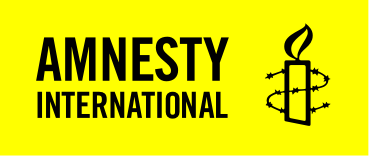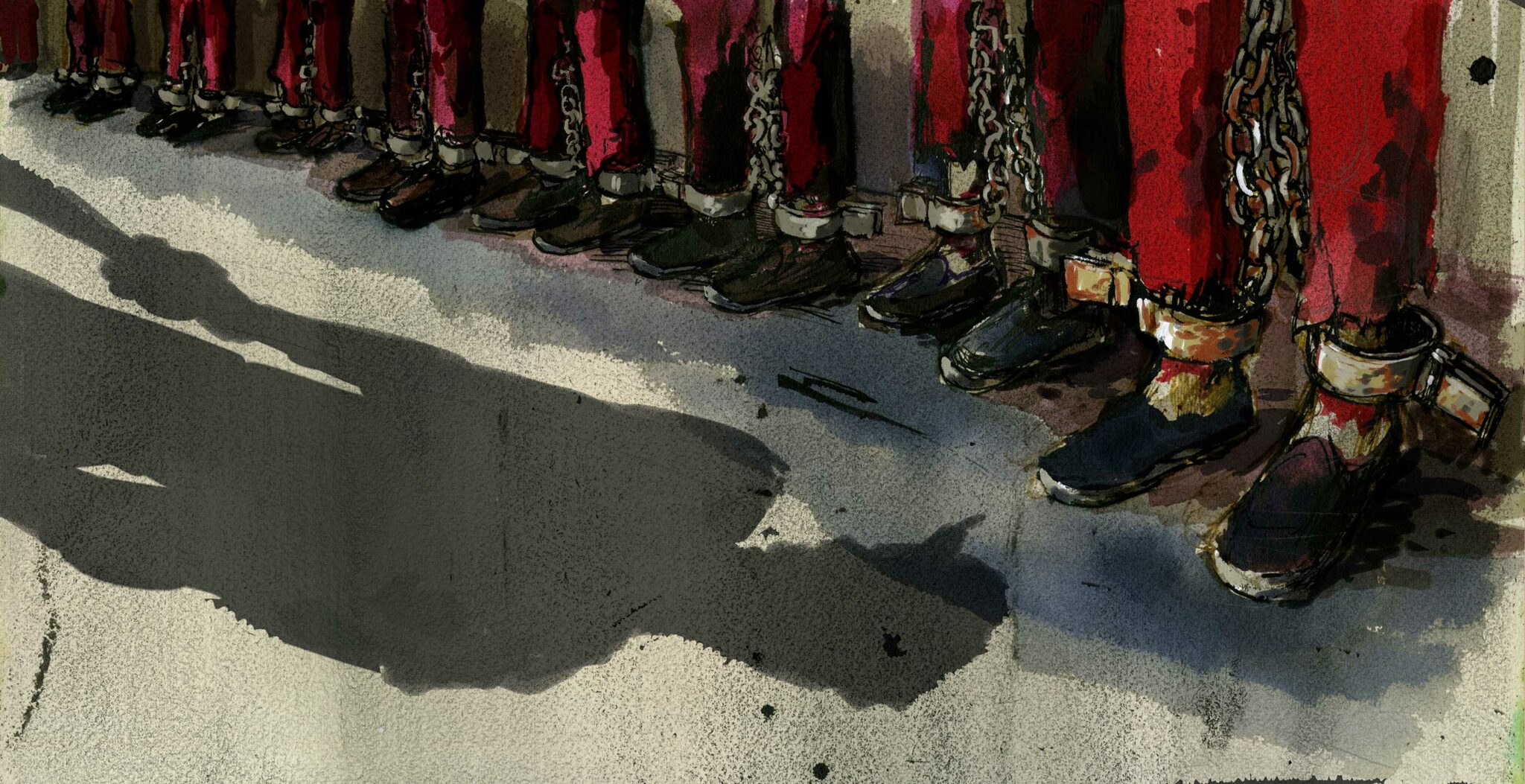Classification of detainees
According to government documents and testimony from former detainees, detainees were placed into one of three classifications or categories: “normal” management, “strict” management, and “very strict” management. [[[For journalist articles See Gerry Shih, Association Press (AP), “China’s mass indoctrination camps evoke Cultural Revolution,” 17 May 2018 →; Alison Killing and Megha Rajagopalan, BuzzFeed News, What They Saw: Ex-Prisoners Detail The Horrors of China’s Detention Camps, 27 August 2020 →; See also, The Telegram (previously cited), para. 14.]]] Detainees in different classifications were detained in the same camps; however, within camps detainees were placed in cells only with other detainees in the same classification. [[[Amnesty International interviews.]]] Detainees were required to wear uniforms corresponding to their classification. According to the majority of former detainees Amnesty interviewed, those in the normal management classification had blue uniforms, those in strict management had yellow uniforms, and those in very strict management had red. [[[Amnesty International interviews.]]] A detainee’s classification could be adjusted in accordance with their “performance and point situation [that is, their score]”. [[[The Telegram (previously cited), para. 14.]]] According to leaked government documents, being placed in the normal management group was a necessary condition for being released from the camp (for more on criteria for release see Chapter 6). [[[For other report of “scores” See Gerry Shih, Association Press (AP), “China’s mass indoctrination camps evoke Cultural Revolution,” 17 May 2018 →]]]
The exact reasons that specific detainees were placed in different categories were not well understood by former detainees; however, there was a general belief among former detainees interviewed by Amnesty that those who were detained for reasons related to religion were more likely to be placed in the two stricter categories. [[[Amnesty International interviews.]]] According to a former detainee who also worked in a camp, the normal management group was for “ordinary crimes”, such as having prohibited software on your phone; strict management was for “crimes” related to religion; and very strict management was for imams and for people who had previously been convicted of “serious crimes”. [[[Amnesty International interviews.]]] Some former detainees believed the classification system was, at least in part, based on a detainee’s ethnicity, because Uyghurs were much more likely to be placed in one of the stricter categories. [[[Amnesty International interviews.]]]
Former detainees stated that they observed differently classified detainees being treated differently. [[[Amnesty International interviews.]]] “I saw men from the strictest group… They looked terrible… I saw some whose toenails were missing,” Aisha said. Arnur, a detainee who also worked in the camp for part of the time she was interned, described some of the differences in treatment she observed, especially related to detainees’ ability to move around the camp and to communicate with family members.
Most of the people in the strict management group were there for being religious clerics or somehow involved with religion… I know this because interrogations [for detainees] sometimes took place in the staff room where [I spent time]… [In the camp I worked in,] the normal management group learned Chinese and were allowed to walk in the yard; the strict [were allowed to] sit on their beds [some of the time]; and the very strict learned in their cell, were not allowed to move [from their cell], and never got fresh air… The normal group got to make a call once a week and the strict group once every two weeks and visits once a month… The very strict group was not permitted to have visitors. [[[Amnesty International interviews.]]]
With two exceptions, all the former detainees Amnesty interviewed were in the normal management category when they arrived in the camp. [[[Amnesty International interviews.]]] As a result, nearly all the conclusions in this report – like nearly all the testimonial evidence gathered about the camps from journalists and other organizations – are based on evidence provided by former detainees who experienced only the normal management treatment. However, given the second-hand accounts about the two stricter categories – which are observations made by former detainees and staff who were in the same camps as detainees in the stricter categories – it stands to reason that detainees in the stricter categories were treated much more severely and were much less likely to have been released from a camp and instead remain detained or have been transferred to prison.
Baurzhan, one of the two former detainees Amnesty International spoke with who was in the strict category, was given a yellow uniform for part of his stay. His “offence” was related to religion, also suggesting that he was likely in the strict management category during that time. Some of his treatment appears to have been demonstrably worse than that experience by detainees in the normal management category: He was detained for over two years, was not allowed to call family members when others in his camp not detained for religious crimes were, he was never allowed out of his cell, and his feet were continuously shackled together for several months. “For two years, my family didn’t know if I was alive or dead,” Baurzhan told Amnesty. [[[Amnesty International interviews.]]]



